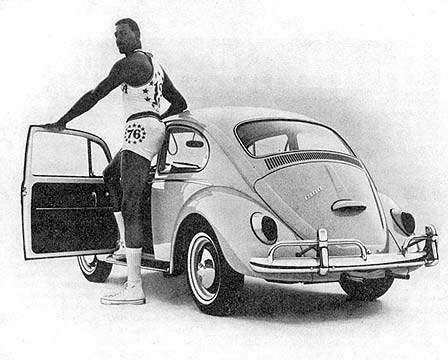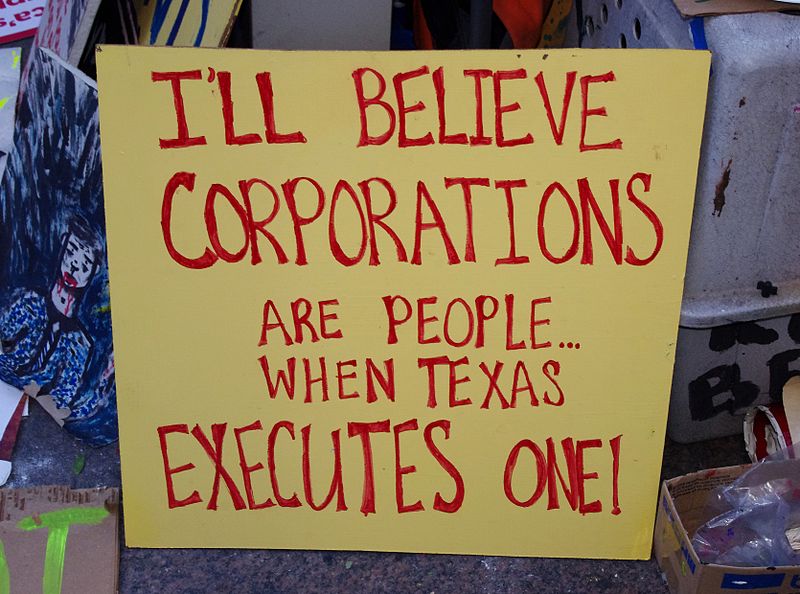Either there’s a collective delusion among those racing to successfully complete driverless capability (not impossible), or we’re going to have autonomous vehicles on roads and streets in the next decade.
If that time frame proves correct, these self-directing autos will hastily make redundant taxi, rideshare, bus, truck and delivery drivers and wreak havoc on the already struggling middle class. That doesn’t mean progress should be unduly restrained, but it does mean we’re going to have to develop sound policy answers.
Not everyone is going to be able to transition into coding or receive a Machine Learning Engineer nanodegree from Udacity. That’s just not realistic. Because of Washington gridlock, we’ve bypassed a golden opportunity to rebuild our infrastructure at near zero interest over the last eight years. It may soon be imperative to push forward not only to save fraying bridges but also faltering Labor.
Excerpts follow from: Maya Kosoff’s Vanity Fair “Hive” piece about Ford’s ambitious plans for wheel-less cars by 2021, and 2) Max Chafkin’s Bloomberg Businessweek article on Uber’s driverless fleet launching this year in Pittsburgh.
From Kosoff:
The world of autonomous vehicles is riddled with hypotheticals. It’s not immediately clear when Uber and Lyft will have self-driving cars (or what will happen to their drivers when they do), but both companies have made it clear that at some point, they see autonomous ride-hailing fleets as the future of their business. The same can be said about Tesla, Google’s self-driving cars, Apple’s top-secret car project, and automakers like General Motors, which haspartnered with Lyft. All these companies must first face novel regulatory hurdles, and few have given the public a hard deadline for when they can expect to see self-driving cars on the road.
Ford, however, is breaking from the pack and marking a date on its calendar: 2021, the carmakerannouncedTuesday. Ford’s self-driving cars won’t have gas or brake pedals or a steering wheel, the company says. And the car is being made specifically for ride-hailing services—it seems Ford is trying to out-Uber Uber. (Uber, for its part,unveiled a self-driving Ford Fusionearlier this year, andreportedlyapproached a number of automakers about partnerships, before taking astrategic investmentfrom Toyota.)
Five years isn’t much time to get a fully-functioning, fully-autonomous vehicle to market, but Ford is moving quickly.•
From Chafkin:
Near the end of 2014, Uber co-founder and Chief Executive Officer Travis Kalanick flew to Pittsburgh on a mission: to hire dozens of the world’s experts in autonomous vehicles. The city is home to Carnegie Mellon University’s robotics department, which has produced many of the biggest names in the newly hot field. Sebastian Thrun, the creator of Google’s self-driving car project, spent seven years researching autonomous robots at CMU, and the project’s former director, Chris Urmson, was a CMU grad student.
“Travis had an idea that he wanted to do self-driving,” says John Bares, who had run CMU’s National Robotics Engineering Center for 13 years before founding Carnegie Robotics, a Pittsburgh-based company that makes components for self-driving industrial robots used in mining, farming, and the military. “I turned him down three times. But the case was pretty compelling.” Bares joined Uber in January 2015 and by early 2016 had recruited hundreds of engineers, robotics experts, and even a few car mechanics to join the venture. The goal: to replace Uber’s more than 1 million human drivers with robot drivers—as quickly as possible.
The plan seemed audacious, even reckless. And according to most analysts, true self-driving cars are years or decades away. Kalanick begs to differ. “We are going commercial,” he says in an interview with Bloomberg Businessweek. “This can’t just be about science.”
Starting later this month, Uber will allow customers in downtown Pittsburgh to summon self-driving cars from their phones, crossing an important milestone that no automotive or technology company has yet achieved.•


